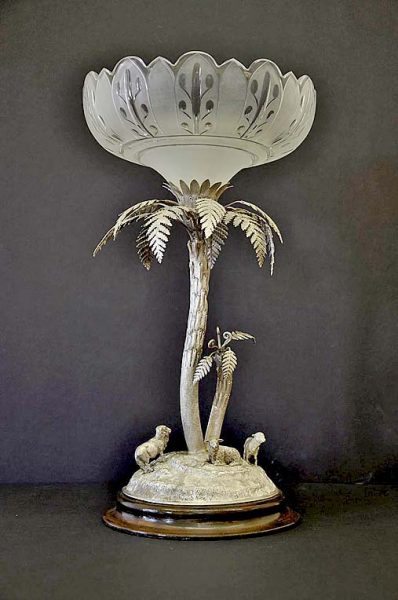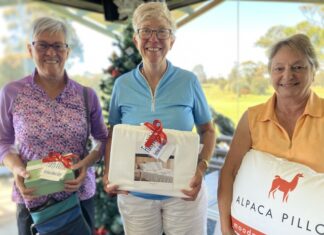
A UNIQUELY Australian piece of Colonial silverware seems certain to find a new home later this year and is thought to have come from somewhere in the South East.
The exquisitely decorated table centrepiece – known as an epergne – was created by Henry Steiner, one of the most revered craftsmen of the 19th century, making it even more surprising that its history is a mystery.
“This handsome specimen emerged most recently from the Horsham area of Victoria and that is all we know,” Adelaide-based Elder Fine Art’s Jim Elder said.
“But it must have a rural connection, quite possibly in the South East of South Australia or western Victoria.
“It would seem to be a celebration of the sheep industry since it features a number of most perfectly depicted silver sheep upon a pasture of grass and flowers.
“They stand around the base of a giant tree fern and beneath an array of very finely-wrought silver fern leaves – the detail is amazing.”
Epergnes were designed to stand prominently on the table, with high glass bowls holding fruit or flowers.
Sometimes it was fashionable to work an emu egg into their design.
Strangely, given this piece’s beauty and value, it had been painted over with silver frost and required significant cleaning and restoration to bring it back to its former glory.
“We know that Steiner made this piece in 1870, but it is important for posterity that its history is not lost for future generations,” Mr Elder said.
“Was it an award for some feted pastoralist of yore? Was it it for sheep breeding or wool or sales? For public service? Was it presented by a leading dignitary at a regional royal show or by a visiting Duke in a glittering city ceremony? Who commissioned it? Why was it lost for so long? What’s its story?
“Lavish silver artworks were bestowed as highly prestigious prices in the period of early colonial specialist silver-smithing, those were golden days of affluence and style.
“Often such items carried celebratory plaques identifying the reason for their creation, but not this one.”
Images have now been sent to art and agricultural historians in an attempt to find the answers.





